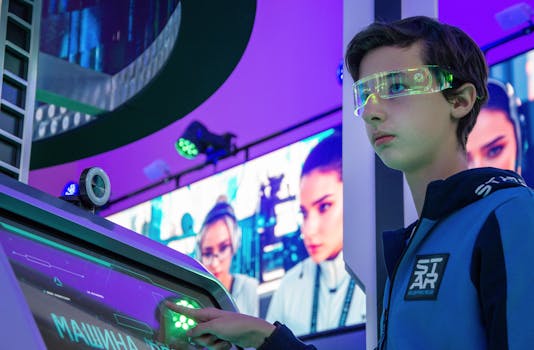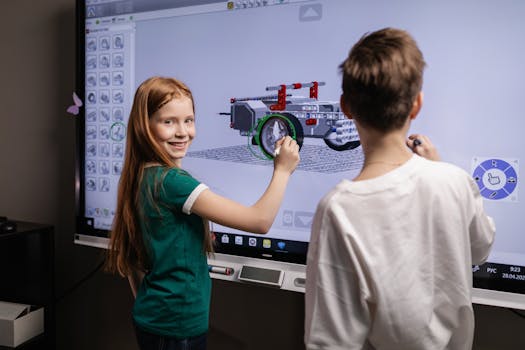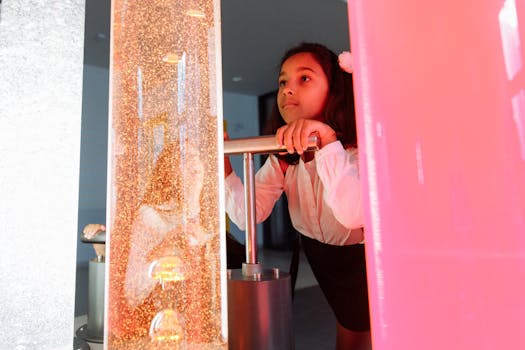
Exploring the Future: Interactive Science and Technology Displays
Takeaways: Interactive science and technology displays are revolutionizing the way we engage with educational content. They foster hands-on learning, stimulate curiosity, and enhance understanding through immersive experiences. By integrating technology with science education, these displays create an interactive environment that encourages exploration and innovation.
In today’s fast-paced world, the need for effective educational tools has never been greater. Interactive science and technology displays serve as a bridge between traditional learning methods and modern technological advancements. These displays not only engage students but also make complex scientific concepts more accessible and enjoyable. Let’s delve deeper into the significance, types, and benefits of these innovative displays.
The Significance of Interactive Displays

Moreover, these displays often employ cutting-edge technologies such as augmented reality (AR), virtual reality (VR), and touch interactivity. This integration of technology enriches the learning experience by providing students with a multi-sensory approach to education. For instance, a student can explore the solar system by virtually visiting different planets, understanding their characteristics and distances from the sun in a way that traditional textbooks cannot convey.
Educational institutions and museums are increasingly adopting these interactive displays to capture the interest of young learners. By creating an engaging atmosphere, they not only teach scientific concepts but also inspire a new generation of scientists and innovators.
Types of Interactive Science and Technology Displays

- Touchscreen Displays: These allow users to navigate through information, graphics, and multimedia content at their own pace. They are perfect for engaging users in self-guided learning experiences.
- Augmented Reality Exhibits: By overlaying digital information onto the real world, AR exhibits provide an immersive experience that enhances understanding of complex topics, such as anatomy or environmental science.
- Virtual Reality Environments: VR takes interactivity to the next level by immersing users in a completely digital world, where they can interact with 3D models and conduct virtual experiments.
- Interactive Simulations: These displays allow users to experiment with scientific principles in a controlled environment, such as simulating chemical reactions or exploring physics concepts.
- Hands-On Demonstrations: Often found in science museums, these displays encourage physical interaction with scientific tools and materials, fostering experiential learning.
Each type of display serves a unique purpose and can be tailored to specific educational objectives, making them versatile tools in science and technology education.
Benefits of Interactive Science and Technology Displays

- Enhanced Engagement: Interactive displays captivate students’ attention, making learning more enjoyable and motivating them to explore topics further.
- Improved Retention: Hands-on experiences and interactive content lead to better information retention, as students are more likely to remember what they actively engage with.
- Development of Critical Thinking Skills: Interactive displays encourage problem-solving and critical thinking, as students must analyze information and make decisions based on their findings.
- Collaboration and Communication: Many interactive displays promote group activities, fostering collaboration among students and enhancing their communication skills.
- Accessibility: Interactive displays can be designed to cater to diverse learning needs, ensuring that all students have the opportunity to engage with the content.
As the educational landscape continues to evolve, the incorporation of interactive science and technology displays will play a pivotal role in shaping future learning experiences. By fostering curiosity and innovation, these displays not only teach but also inspire students to think critically about the world around them.
Conclusion







